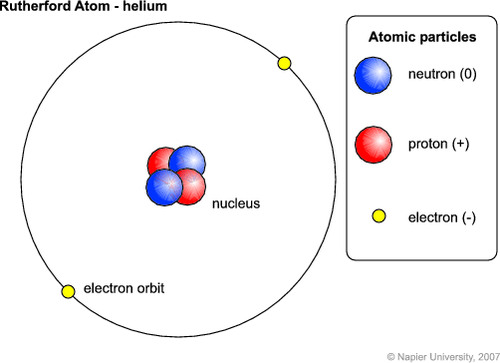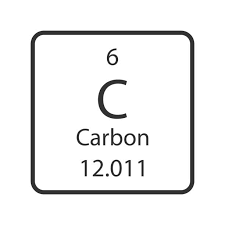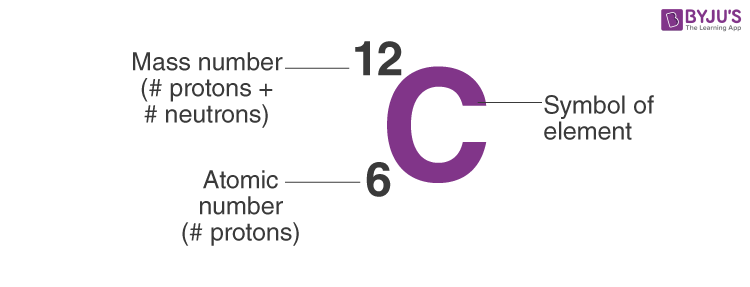AP Biology - Unit 0
1/30
Earn XP
Description and Tags
Chapters 2 and 3
Name | Mastery | Learn | Test | Matching | Spaced |
|---|
No study sessions yet.
31 Terms
Matter
Anything that takes up space and has mass
Element
A substance that can’t be broken down to other substances by chemical reactions
Compound
A substance that consists of 2 or more different elements in a fixed ratio
What four elements make up of 96% of all living matter?
Hydrogen, Carbon, Oxygen, Nitrogen (HCON)
Essential Element
Elements needed for organisms to live a healthy life (ex. HCON)
Trace Element
Elements that are needed in small quantities (ex. Iron/Fe)
Model of Helium (including the electrons, protons, neutrons, and atomic nucleus)

Atomic Number and Atomic Mass of Helium
2, 4
Neutron
Subatomic particle with no electric charge (in the nucleus)
Proton
Subatomic particle with a positive charge (in the nucleus)
Electron
Subatomic particle with a negative charge (orbits the nucleus)
Atomic Number
Number of protons
Atom
Smallest unit of matter that still has the properties of an element
Atomic Mass
Total mass of an single atom
Isotope
Different form of an element (same number or protons, different number of neutrons)
Electron Shells
Region surrounding the nucleus of an atom where electrons are found
Energy
The capacity to cause change (ex. doing work)

What is the atomic mass?
What is the atomic number
How many electrons?
How many neutrons?
12
6
6
12

How to calculate mass number?
Atomic number?
Neutrons?
Protons + Neutrons
Protons or Number of Electrons in Neutral Atom
Mass Number - Atomic Number
Which is the only subatomic particle that is directly involved in the chemical reactions between atoms?
Elections
What is potential energy?
Energy that matter processes because of its location or structure
Explain which has more potential energy in each pair:
Boy at the top of a slide/boy at the bottom
Electron in the first energy shell/electron in the third energy shell
Water/glucose
Boy at top
Third shell
Glucose (larger and more complex structure)
What determines the chemical behavior of an atom?
Distribution of electrons in the atom’s electron shells (mostly on the outmost shell)
Molecule
2 or more atoms held together by covalent bonds (2 nonmetals)
Covalent Bond
Sharing of electrons
What type of bond is seen in O2? Explain what this means.
Double bond, sharing of 2 pairs of valence electrons (1 pair = 2 valence electrons)
Electronegativity
The ability of an atom to attract other electrons in a chemical (covalent) bond
Explain the difference between a non polar covalent bond and a polar covalent bond
Nonpolar = electrons are equally shared (atoms have equal electronegativity)
Polar = electrons are unequally shared (one atoms is more electronegative)
Make an electron distribution diagram of water. Which element is most electronegative? Label the regions that are more positive or more negative.

Oxygen is more electronegative (larger atomic nucleus with 8 protons).
More positive = Hydrogens
More negative = Oxygen
Why is water considered a polar molecule?
Water is polar because of the unequal sharing of electrons, Oxygen has a higher electronegativity than Hydrogen so electrons favor Oxygen. This gives Oxygen a slight negative charge and Hydrogen a slight positive charge.